Whenever we talk about how to get started as an art collector, we stress the importance of looking. Before you set out to buy, you need to know what you like, and the only way to know that is by taking in as much art as you can. Now, when you're doing this you're most likely going to be looking at museums and focusing on bigger names and famous masterpieces. Forgive us for being presumptuous, but we're going to guess that those pieces likely won't be realistic purchases for when you're reading to buy. So, even once you've developed and understood your taste, how can you translate what you love about these high-end works into finding art that's more attainable? In order to help you bridge that gap, our So You Like series breaks down what you might find appealing about certain often-referenced artists in the contemporary art market so that you know what type of work to look for in the galleries you visit.

This time, we're taking a look at Vermeer. Now, if you're in the market for contemporary art, it's unlikely that you'll find work that will remind you of the Dutch master's subjects or style. But what's at the heart of Vermeer's work, what moves viewers and inspires artists, is how he works with light. He's known for capturing the intangible qualities of light; how it fills the room, affects what it lands on, and the emotions it can evoke. Even if the work is nonrepresentational, abstract artists - like most of the ones we'll be discussing here - explore these aspects of light and let it inspire their choices of color, composition, and technique. So, you may get the same sense of satisfaction from experiencing other works of art that focus on light even if, on the surface, they may look nothing like Vermeers at all.
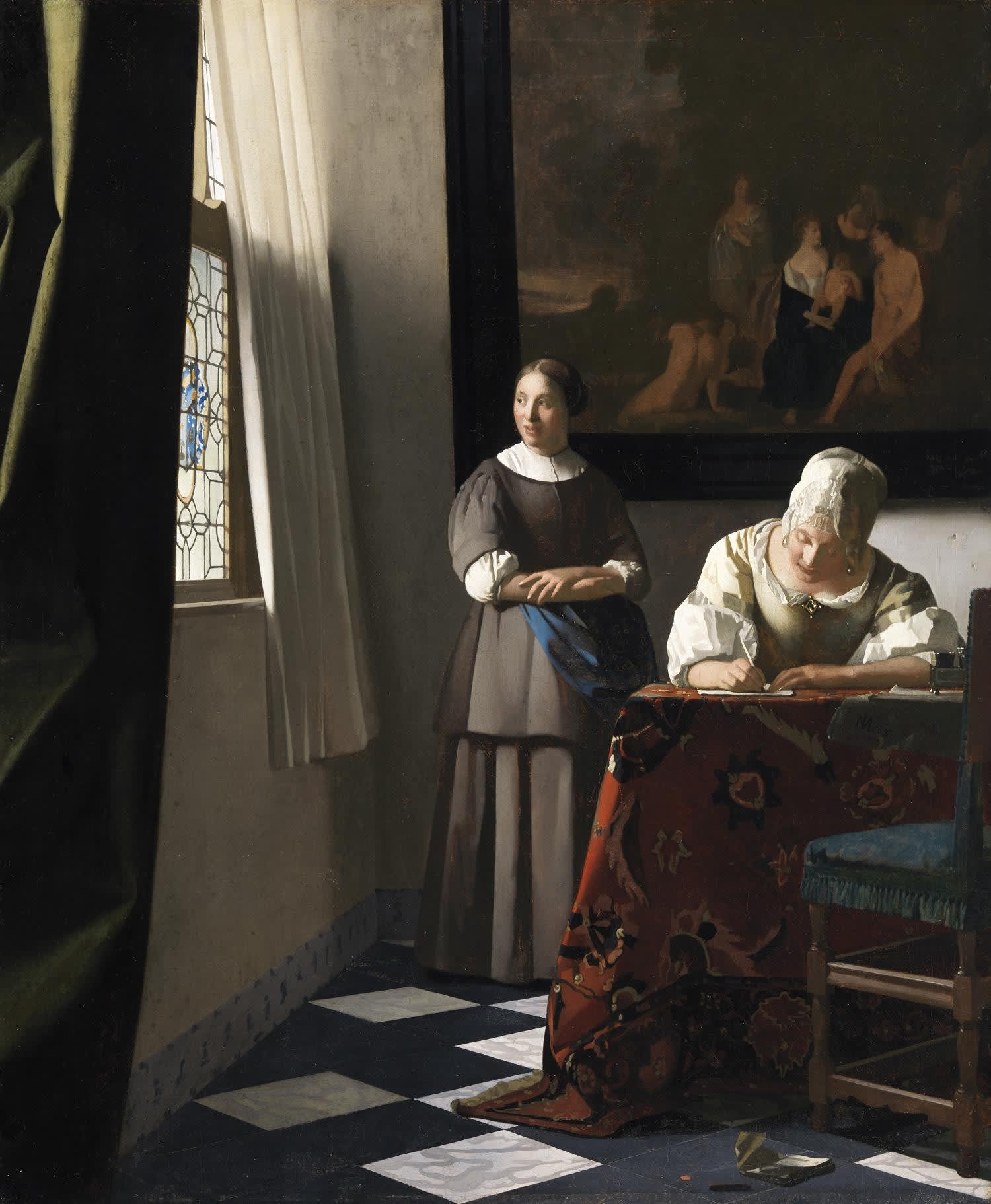
Let's start with a more straightforward connection. Here are a few still lifes by Stephanie London:
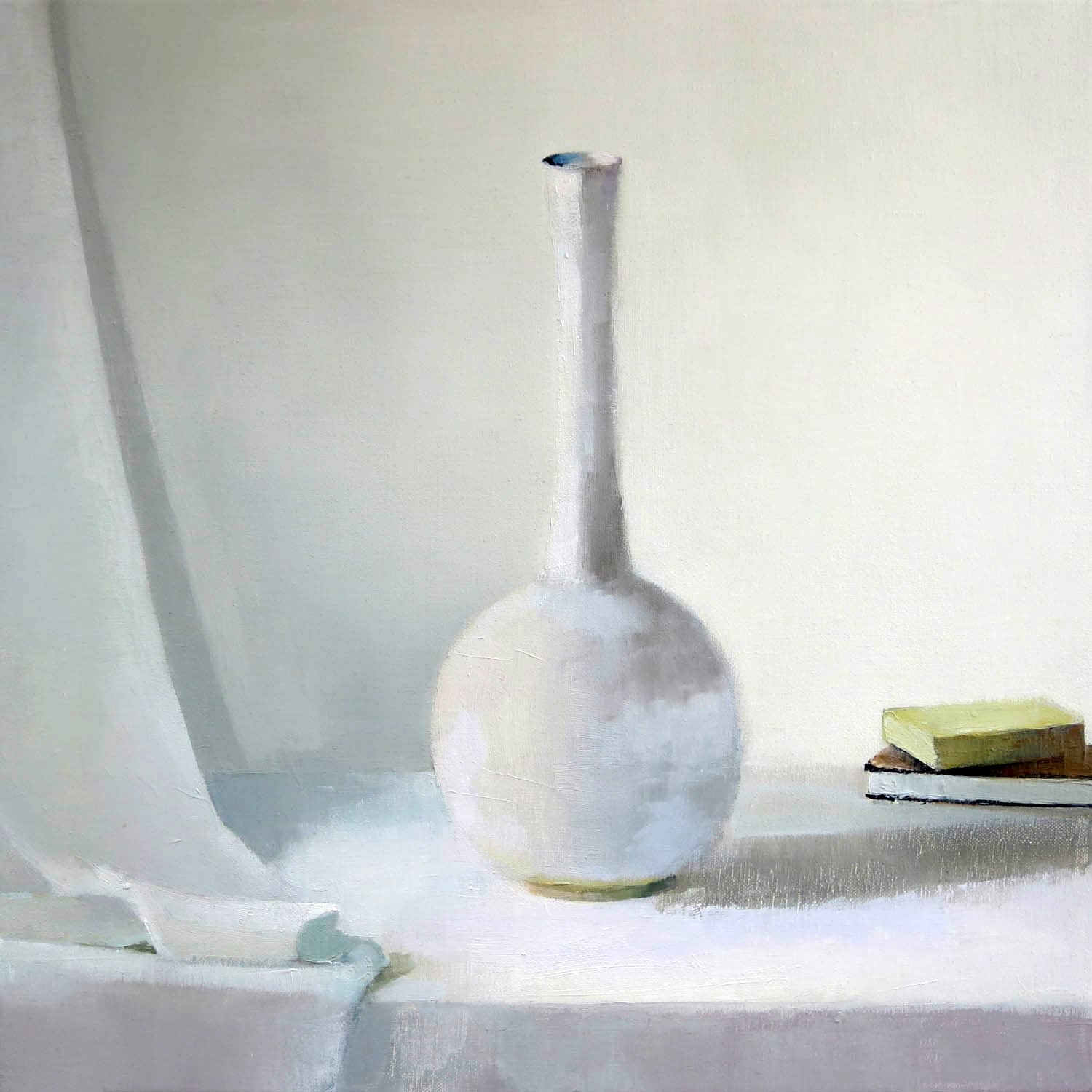
"White Vase"
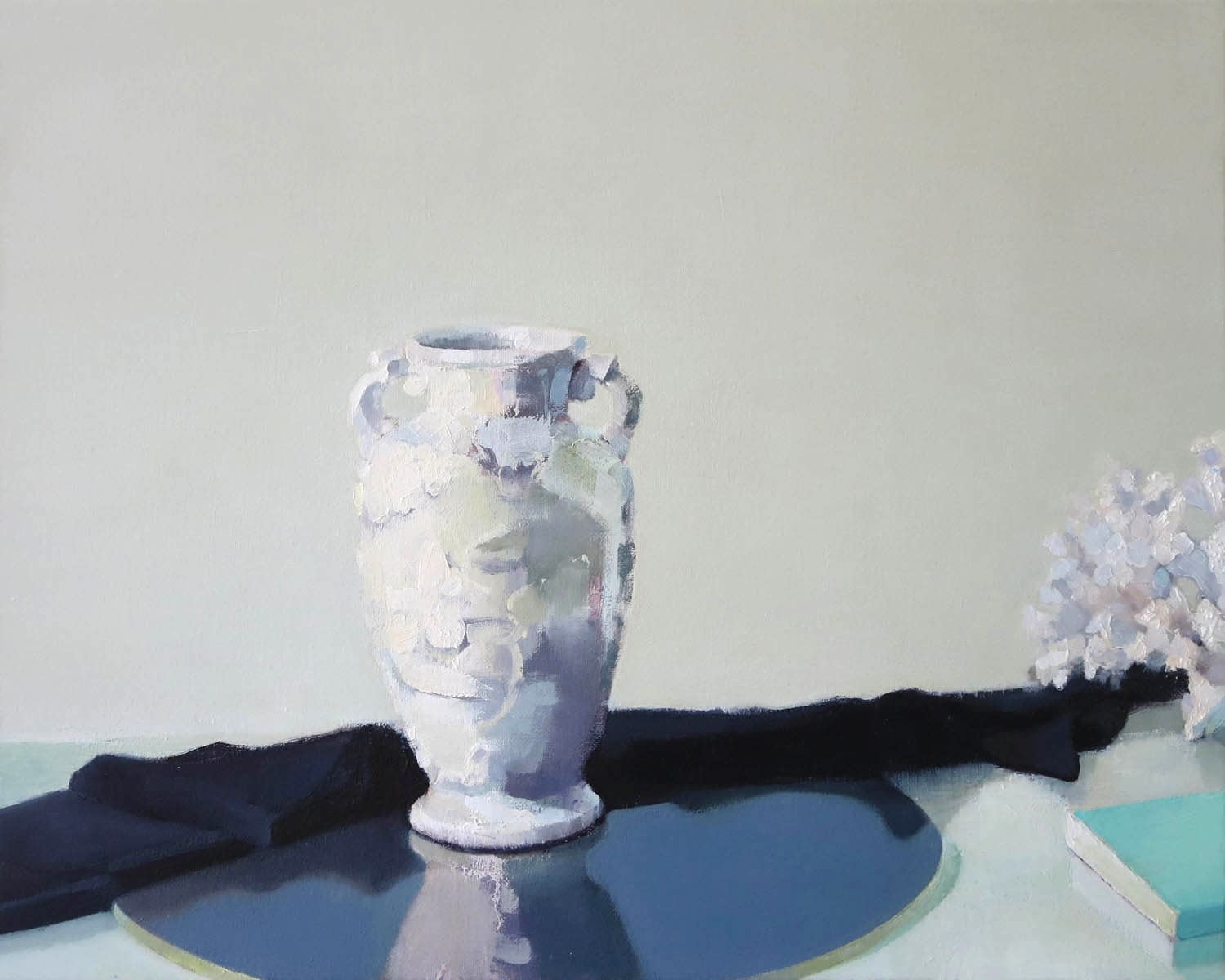
"Classical State of Mind"
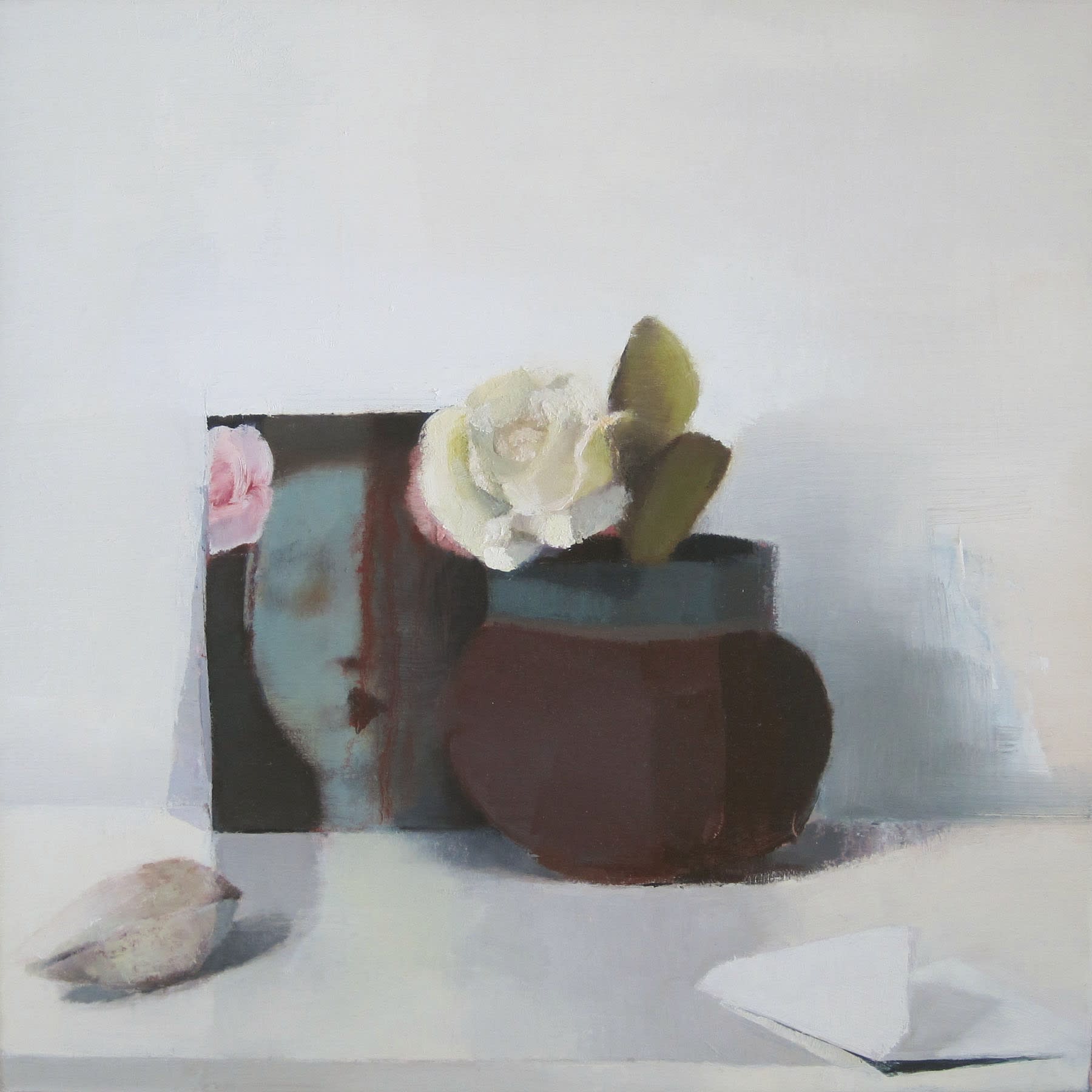
"Madonna Bleeding"
London creates contemporary still life compositions with an underlying narrative formed by thrifted objects, but the painterly elements of her work are rooted in classicism. Light plays a big role in the overall effect of each piece, whether it's bathing the scene in a warm glow like in "White Vase," playing up the reflective surface of an object as in "Classical State of Mind," or affecting how shadows are cast and lending a moodier atmosphere in "Madonna Bleeding."
Julian Jackson is specifically inspired by Vermeer, and has been drawn to the experience of light since even before he decided to pursue exploring it through art. His work captures more of the metapyhsical beauty of light itself. It takes the experience of how a view before you can be affected by light, and that emotional connotation that the light of a hazy summer day or drizzly evening can bring, and translates it into abstract fields of color.
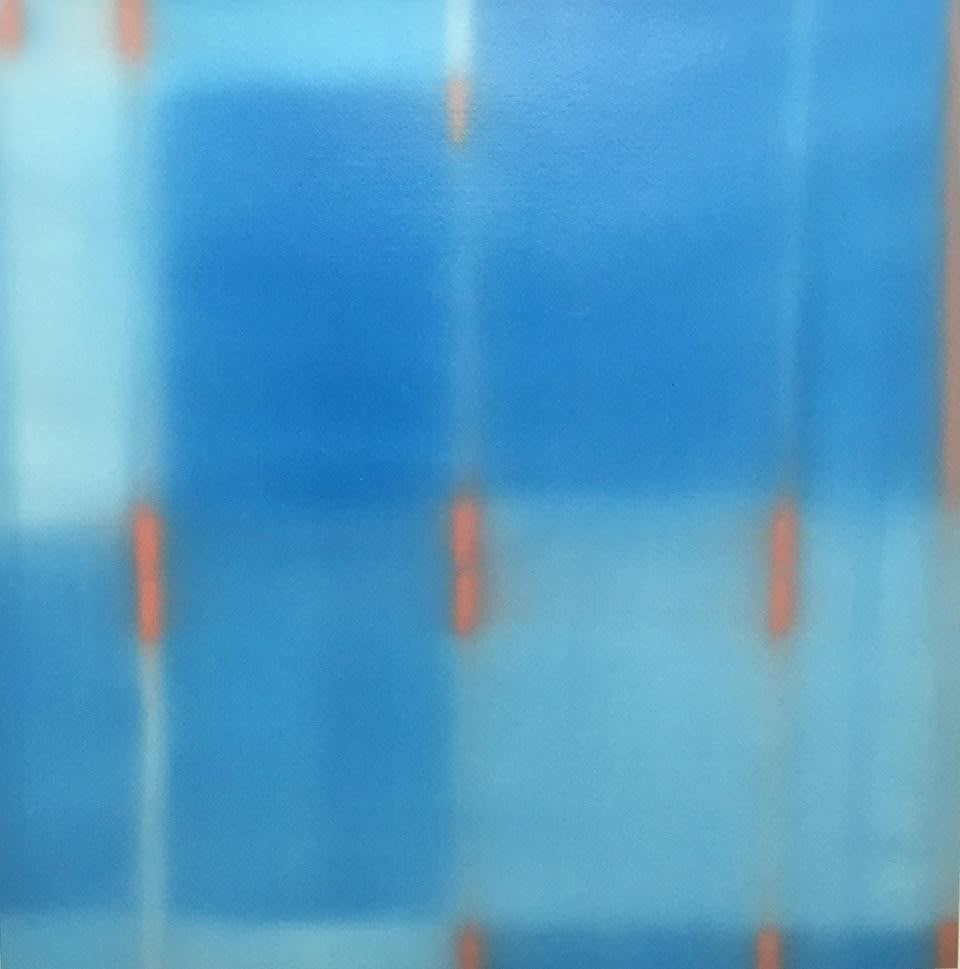
"Summer Pages #3"
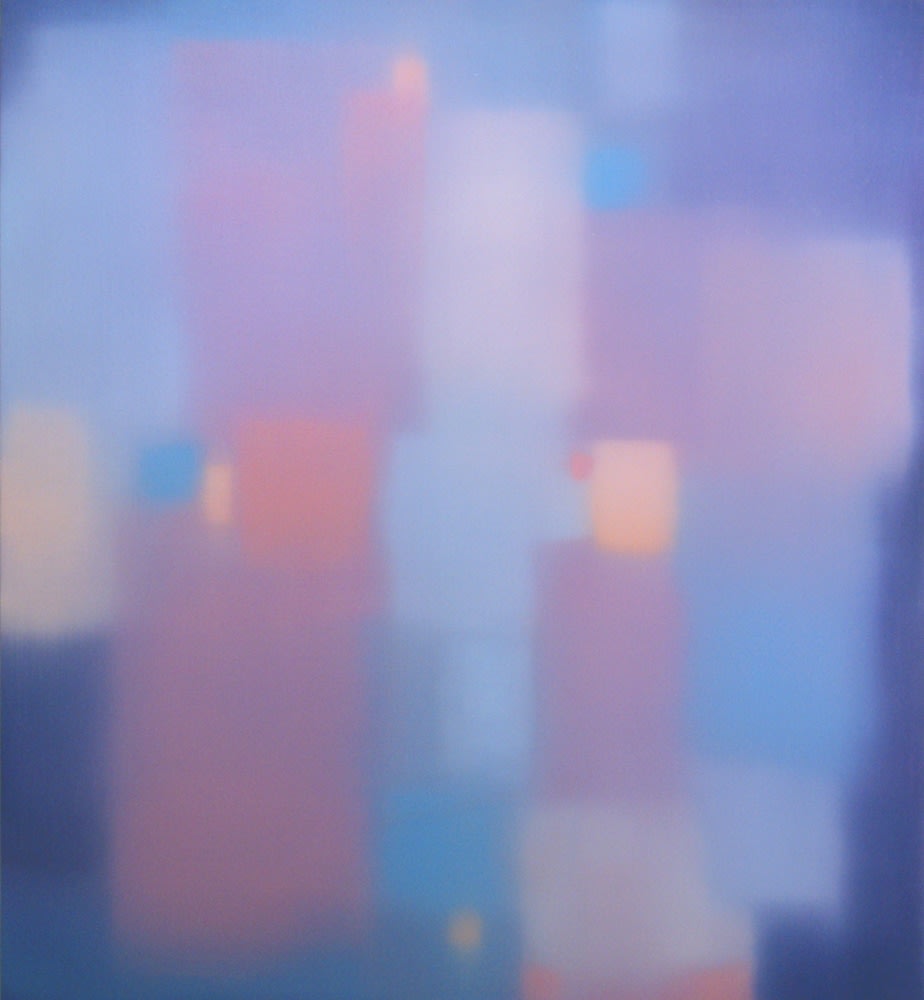
"Silence/Winter"
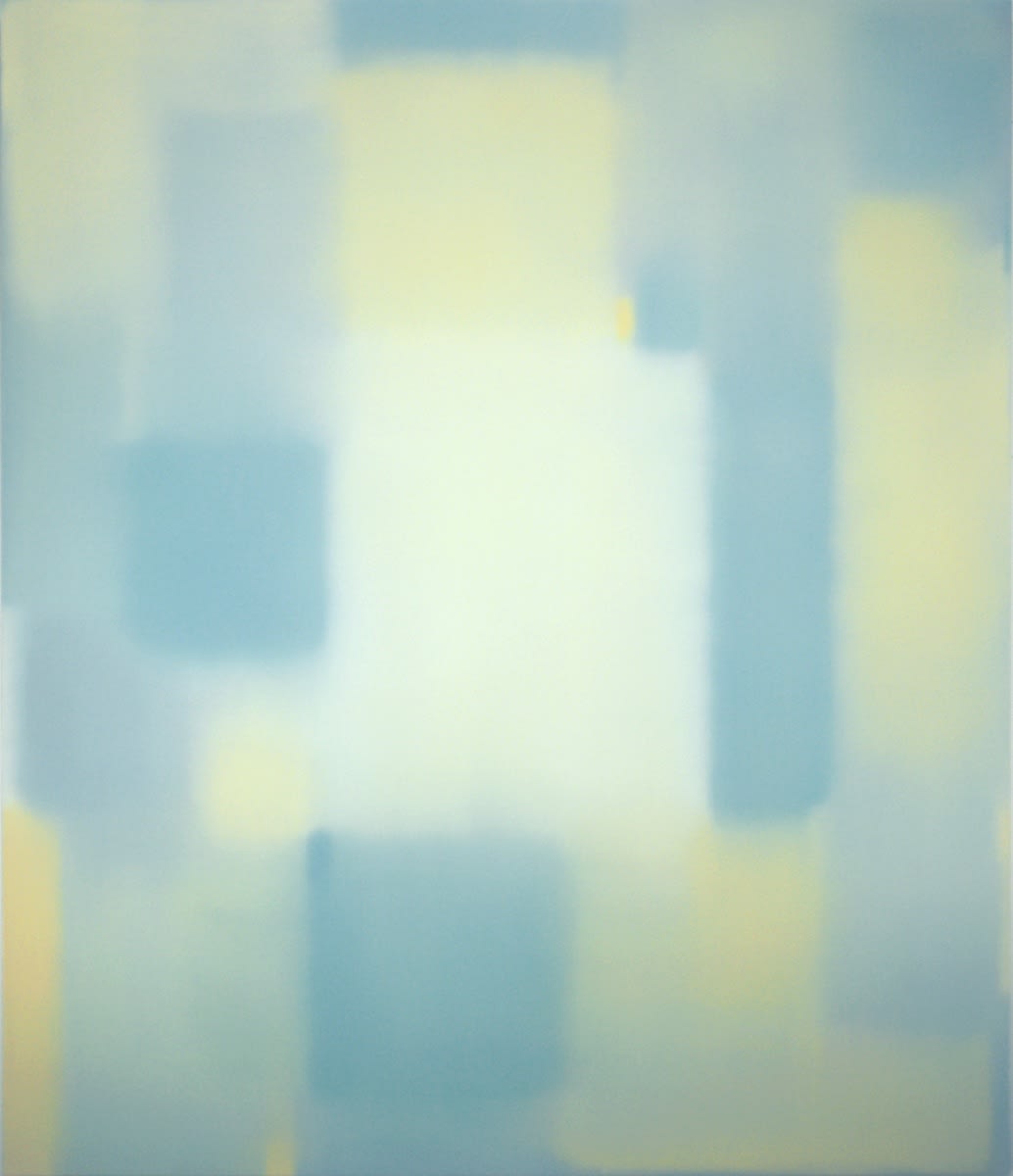
"Will 'o the Wisp"
Tamar Zinn, similarly, is inspired by Vermeer's use of light, and creates a mysterious luminosity in her work. The sense of light is revealed by building up layers of paint and then scraping it away. The multi-colored underpaintings eventually lead to a seemingly neutral surface that's enriched by the depth below, just like light is actually composed of a spectrum of colors.

"At the still point 46"
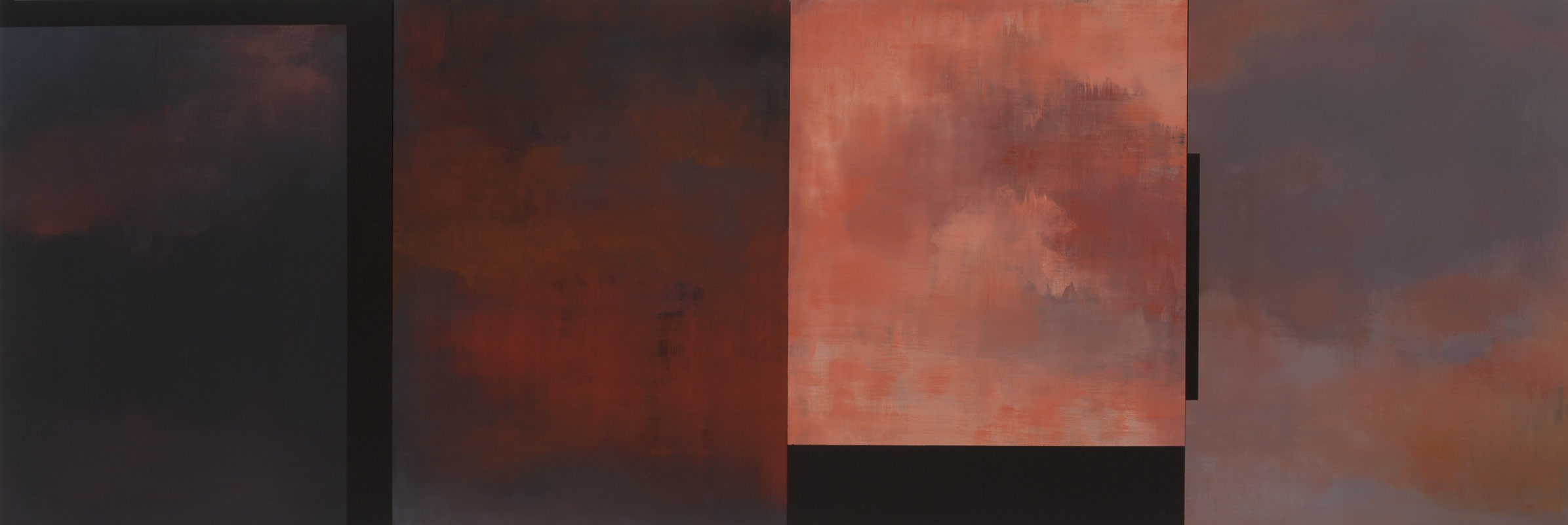
"Moonglow 3"
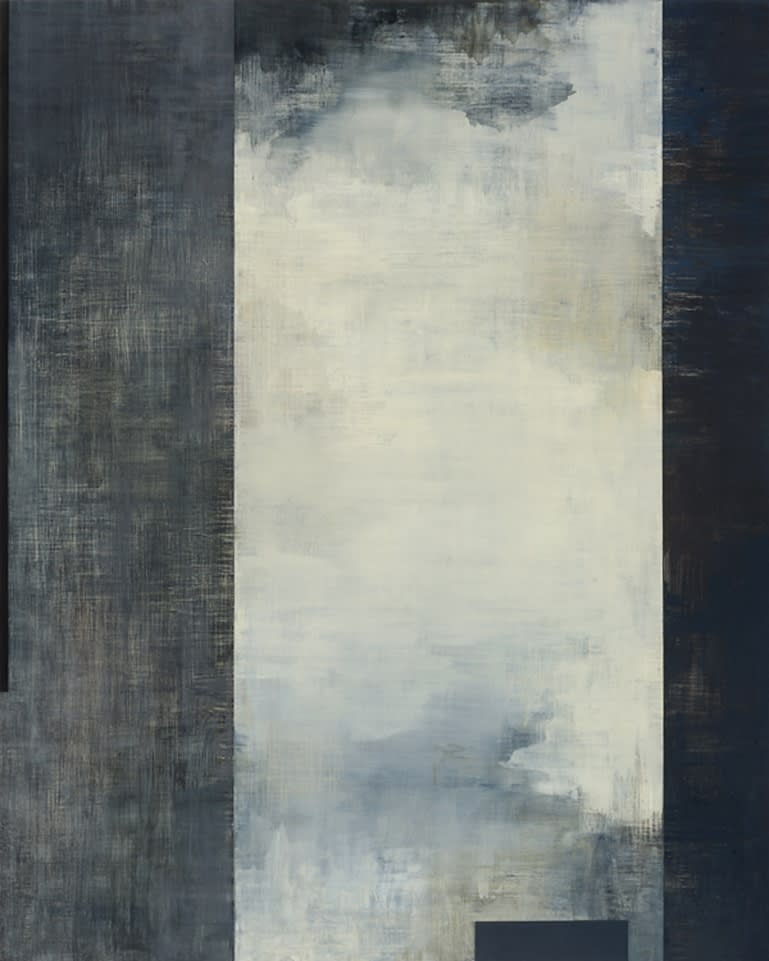
"At the still point 18"
Susan English's polymer color field works are inspired by the sense of light and colors found in landscapes. She references these natural elements as she layers transparent pigmented polymers to create pieces that are both about light and enhanced by it. When viewing the works, light affects and changes the color, perceived depth, and revealed texture of the media.

"Double Horizon"

"Stage"
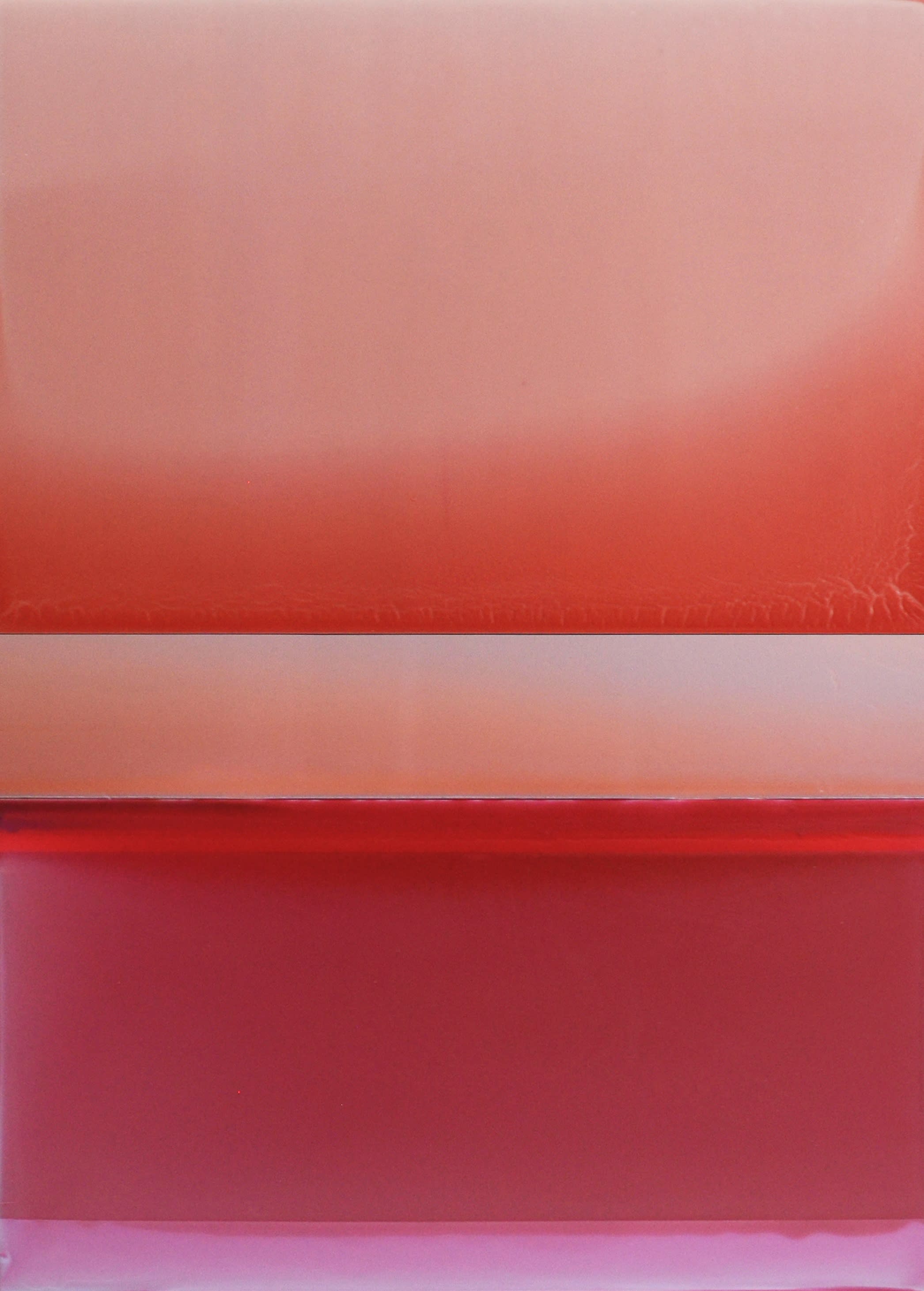
"Kermes and Cochineal"
A piece of work that's characterized by its use of light will likely draw you into a meditative, relaxed state. The color palette is typically subdued, and the piece will have a quiet presence in a room. Feeling inspired? Check out our Pinterest board with more works from these artists!

